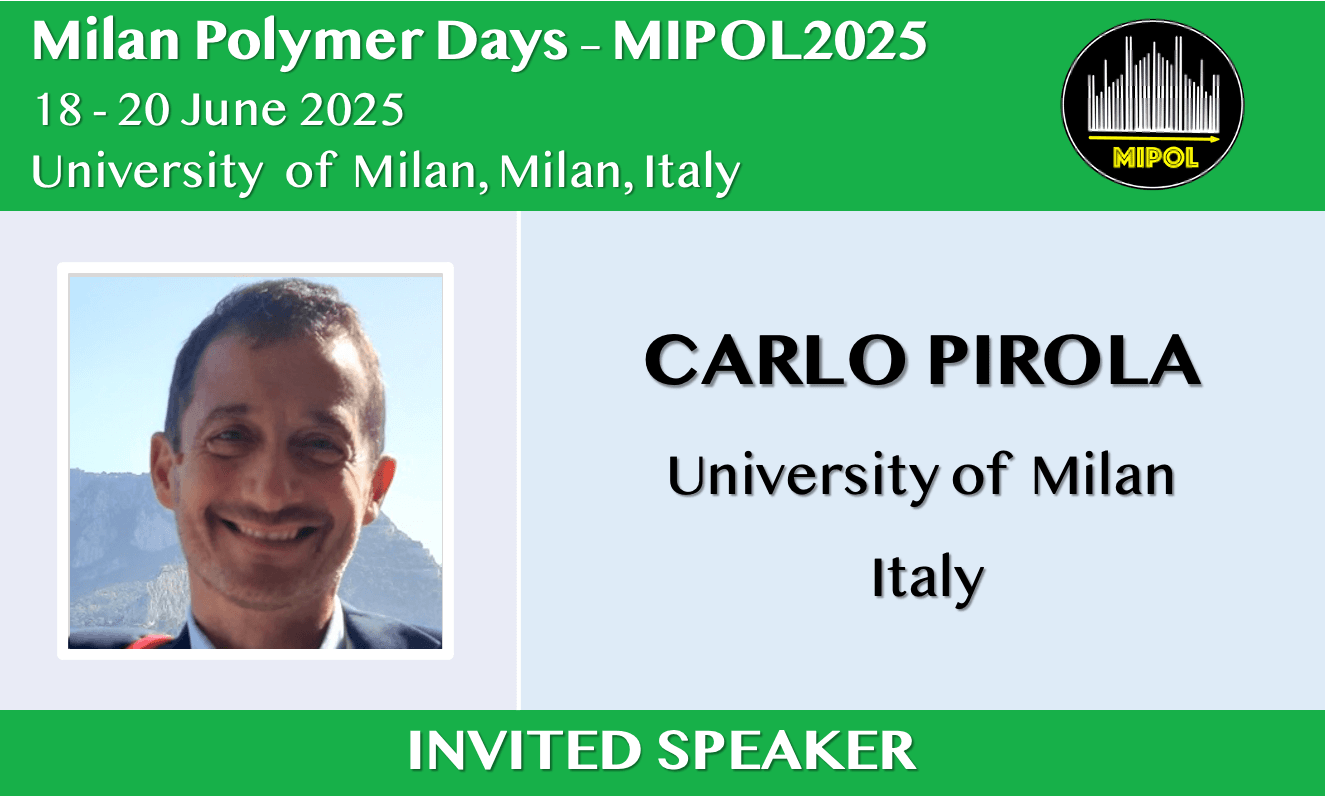Experimental study and artificial intelligence modeling of solvent separation processes for the sustainable recycling of polyamide-based textile waste
Abstract

The selective dissolution-precipitation (SDP) method is gaining attention as a sustainable and promising technique for recycling polyamide (PA) from mixed nylon waste streams [1]. SDP offers a solution to the challenge of recycling mixed-material waste that cannot be processed through mechanical methods or depolymerization, which would otherwise end up in landfills or be incinerated. One of the main benefits of SDP is its ability to maintain the original properties of recycled PA, resulting in a higher-quality and purer material compared to traditional mechanical recycling. The method's flexibility is enhanced by a variety of solvents that can selectively dissolve PA, although economic and environmental sustainability remain important factors to consider. Progress in bio-based solvents and solvent recovery systems has also contributed to reducing the global warming potential (GWP) of SDP processes when compared to the production of virgin polymers. However, despite its promising outlook, additional research is required to improve solvent systems, enhance energy efficiency, and scale the process effectively, ensuring the viability and wider adoption of this innovative recycling technology in industrial applications. In particular, the possibility to correctly recycle the solvents used in the dissolution process is imperative.
One of the most appealing category of solvent for nylon dissolution is represented by the acidic ones, both organic and inorganic, and water is commonly used as antisolvent to induce polymer precipitation. The recovery and reuse of these solutions can ensure economic and environmental sustainability of the process, in a perspective of circular economy of products and materials. The recovery of these aqueous acidic solvents through distillation can be difficult due to the non-ideal thermodynamic behavior of water-acid mixtures. One potential solution is the addition of an entrainer to enable azeotropic distillation. As part of the RE-POLY.AI project, distillation experimental tests were conducted using process fluids from a recycling operation, performed in RadiciGroup laboratories located in Novara (Italy). A five-meter continuous distillation column with 15 physical trays was utilized to assess various process conditions and determine the optimal configuration for separation. This research combined experimental testing with a predictive artificial intelligence (AI) framework [2], incorporating Bayesian optimization based on Gaussian Process modeling and ensemble Random Forest regression, along with uncertainty quantification capabilities. By training on data from multiple test conditions, this AI-based approach helped guide the selection of new experimental setups and offered valuable insights into optimized separation configurations.
References
-
G. Tonsi, C. Maesani, S. Alini, M. A. Ortenzi, C. Pirola Chem. Eng. Transactions 2023, 100, 727.
-
S. Fang, W. Lu Environ. Technol. Innov. 2024, 36, 103731.
Acknowledgments
The authors are grateful to the project RE-POLY.AI funded by the European Union - NextGenerationEU under the framework of the Italian National Recovery and Resilience Plan (PNRR) - CUP D43C22003120001. Bando a cascata relativo al progetto “MICS - Made in Italy Circolare e Sostenibile”, PE00000004, CUP B43C22000740006 (D.D. Rep. n. 641/2024, Prot. n.10715/2024 del 18/01/2024 e successive rettifiche ed integrazioni).